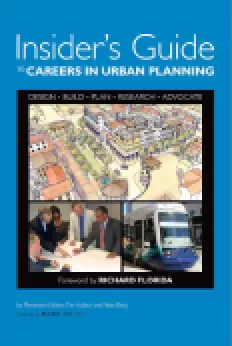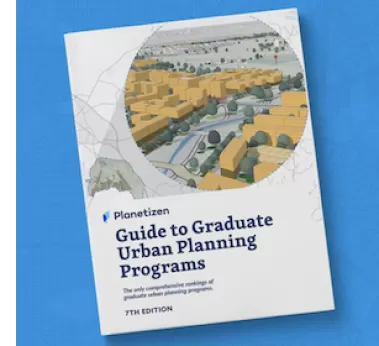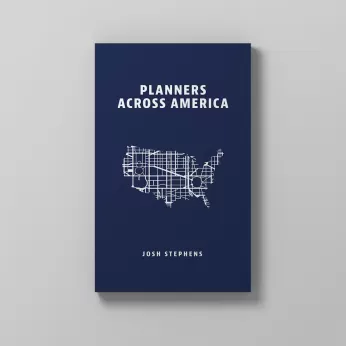Why should architects, planners, and developers be concerned about software interoperability and open standards for data exchange? Communication and the exchange of data between partners in a development project is crucial to the success of the project. Anyone who has been involved in a construction project before knows how many opportunities exist to mis-interpret even the smallest detail on a plan. Architect Jonathan Cohen concludes in Islands of Automation
Why should architects, planners, and developers be concerned about software interoperability and open standards for data exchange? Communication and the exchange of data between partners in a development project is crucial to the success of the project. Anyone who has been involved in a construction project before knows how many opportunities exist to mis-interpret even the smallest detail on a plan.
Architect Jonathan Cohen concludes in Islands of Automation -- an article from his great monthly newsletter, that the architecture, planning and building communities need to standardize on methods for transferring information used in the building process -- RFPs, construction drawings, blueprints, specifications, etc.
Cohen comes to the conclusion that an XML standard for these industries is the way to go, and points to the Green Building XML Schema as model.
"XML tags can identify every attribute of products and building components, from bending strength to reflectivity. In fact, XML could be used to describe virtually all the objects, documents, services, and organizations needed to complete a project."
 Cohen recommends using a "shared project model", which replace individual paper or electronic documents with a single knowledge base describing an entire project. All the project participants would have access to the model throughout the life of the project. The model uses an "object oriented" approach, where every object -- a door for example -- has certain properties that define the exact nature of the door (dimensions, materials, color, etc.). The object oriented approach has been used in the computer software industry for several years.
Cohen recommends using a "shared project model", which replace individual paper or electronic documents with a single knowledge base describing an entire project. All the project participants would have access to the model throughout the life of the project. The model uses an "object oriented" approach, where every object -- a door for example -- has certain properties that define the exact nature of the door (dimensions, materials, color, etc.). The object oriented approach has been used in the computer software industry for several years.
All of this harkens back to a Planning article from 1999 "X Marks the Spot" where we proposed that the time had come for development of a system for sharing data in the field of planning. I would be fascinated to learn about other efforts that have used or plan to use XML for planning & architecture.

Planetizen Federal Action Tracker
A weekly monitor of how Trump’s orders and actions are impacting planners and planning in America.

Chicago’s Ghost Rails
Just beneath the surface of the modern city lie the remnants of its expansive early 20th-century streetcar system.

Amtrak Cutting Jobs, Funding to High-Speed Rail
The agency plans to cut 10 percent of its workforce and has confirmed it will not fund new high-speed rail projects.

Ohio Forces Data Centers to Prepay for Power
Utilities are calling on states to hold data center operators responsible for new energy demands to prevent leaving consumers on the hook for their bills.

MARTA CEO Steps Down Amid Citizenship Concerns
MARTA’s board announced Thursday that its chief, who is from Canada, is resigning due to questions about his immigration status.

Silicon Valley ‘Bike Superhighway’ Awarded $14M State Grant
A Caltrans grant brings the 10-mile Central Bikeway project connecting Santa Clara and East San Jose closer to fruition.
Urban Design for Planners 1: Software Tools
This six-course series explores essential urban design concepts using open source software and equips planners with the tools they need to participate fully in the urban design process.
Planning for Universal Design
Learn the tools for implementing Universal Design in planning regulations.
Caltrans
City of Fort Worth
Mpact (founded as Rail~Volution)
City of Camden Redevelopment Agency
City of Astoria
City of Portland
City of Laramie


























